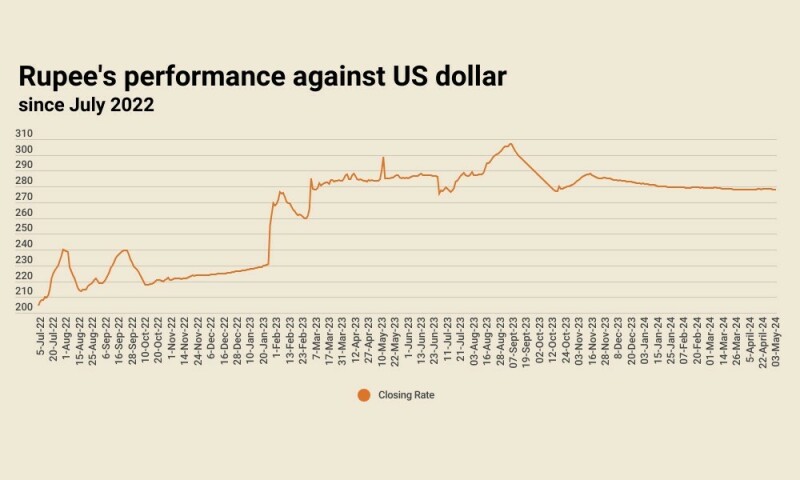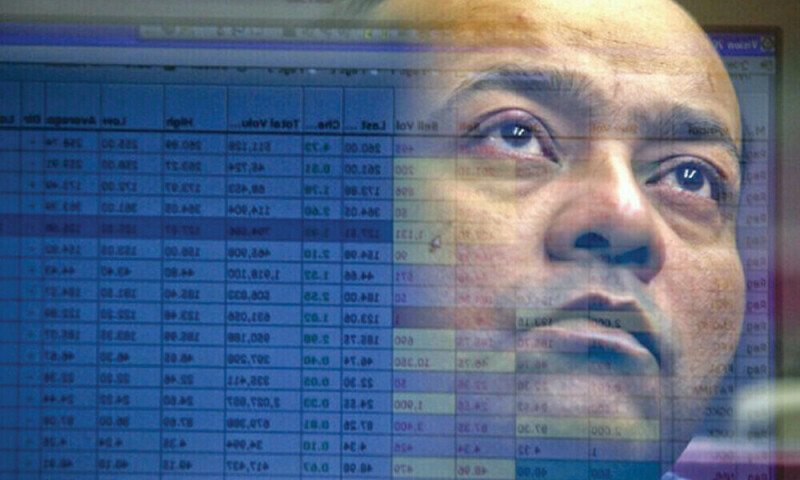The Federal Reserve’s (Fed’s) cautious stance on further interest rate cuts, as expressed in their statement about “a lack of further progress” on inflation, that was made on Wednesday, marked a shift in market expectations in recent weeks. At the start of 2024, investors had been optimistic about a strong year, anticipating a series of rate cuts by Western central banks as inflation continued to decline. However, reality proved less favourable.
Stubborn inflation
Against expectations, in February, US CPI inflation rose slightly to 3.2%. At the same time, the US reported robust GDP growth, a tight labour market with the unemployment rate at 3.4% as of April 2024, and positive consumer data like a 1.1% increase in retail sales in the first quarter of 2024. This combination of factors gave the Fed reason to pause and adopt a more hawkish tone, suggesting rate cuts may not be warranted in the near-term. Some even speculated the Fed could be forced to raise rates if inflation spikes further, though the Fed dismissed this notion for now.
Resilient economy
The US economy’s resilience, with first quarter GDP growth of 2.4%, might seem surprising given the Fed’s benchmark interest rate of 5.5%, a 22-year high. A large portion of this can be attributed to the aggressive fiscal stimulus from the Biden administration, with COVID-related bailouts followed by the (ironically named) ‘Inflation Reduction Act’, However, Republicans have blocked efforts to pass fiscally restrictive policies to fund this spending, causing the US’s expected deficit to balloon by nearly $8trn over Biden’s term, leading to an expansion in overall government spending. Corporate earnings have also been strong, with S&P 500 companies reporting c.10% earnings growth year-on-year in the first quarter of 2024.
However, signs of weaker consumer demand have emerged, reflected in shock earnings misses from companies like Starbucks and McDonalds and declining consumer confidence in April. This suggests higher prices and tighter monetary policy may finally be impacting on consumers, though not enough yet to sway the Fed.
Fran saw this coming
One fund manager who will not have been surprised by all of this is Fran Radano, the manager of the North American Income Trust (NAIT). When we published our note on NAIT in November 2023 (close to the peak of bullishness over interest rate cuts), Fran voiced a contrarian view. In our conversations with him, Fran argued that the US had entered the part of the economic cycle that is commensurate with a tight labour market. He also thought that the market was overly bullish on the long-term strength of the US consumer; March’s data and earnings suggest that he was right.
This is not to say that Fran was bearish. He remained generally positive on the outlook for the US economy, predicting three calendar quarters of positive economic growth. We have already seen this in action, as long-held companies like Medtronic, a global leader in medical technology, and MetLife, a global insurance and employee benefits provider, have beaten the market’s expectation in the recent earnings announcements.
He also believed that investors needed to position their portfolio for a ‘higher for longer’ interest rate environment over 2024, with balance sheet strength being a key metric across all sectors. Some highly-leveraged companies face the prospect of refinancing debt at more than twice the previous rate.
In his more recent commentary, Fran has pointed out that there has been a sustained fall in the core Personal Consumption Expenditures Price Index, a key data point used by the Fed, which is some comfort given the wider increase in US CPI. However, this inflation measure still remains above the Fed’s target 2% and is likely contributing to the US central bank’s more cautious outlook. He believes the chances of a soft landing versus a mild recession are becoming more balanced as inflation (eventually) subsides.
More defensive
In terms of his positioning, Fran had rotated NAIT into slightly more defensive companies and sectors (as detailed in our November 2023 note) as well as companies which he expected to perform well in the event of a downturn, like specialist industrial manufacturers whose sales are sensitive to economic activity.
At a sectoral level, NAIT’s allocations have remained largely consistent, with financials and healthcare, at 21% and 19% respectively, being the largest allocations. NAIT also retains chunky (c.9%) allocations to energy, industrials, and consumer staples: positions that he also held at the end 2023. While these sectors are beneficiaries of higher inflation and interest rates, either directly (as is the case of many financial stocks) or indirectly by being able to pass through price rises thanks to facing inelastic demand for their products (for example, healthcare and staple goods), they also reflect NAIT’s objective on income provision as they hold some of what Fran believes are America’s best dividend payers.
As illustrated by its high active share of 87%, NAIT’s focus on income meant it was light on exposure to the magnificent seven stocks that have been driving markets. This has held its NAV performance back versus its benchmark over the last 12 months.
For those in search of income that are prepared to look more globally, the recent vindication of Fran’s views may give comfort that NAIT is a useful tool for investors looking for ways to adapt their portfolios to the “higher for longer” environment.


